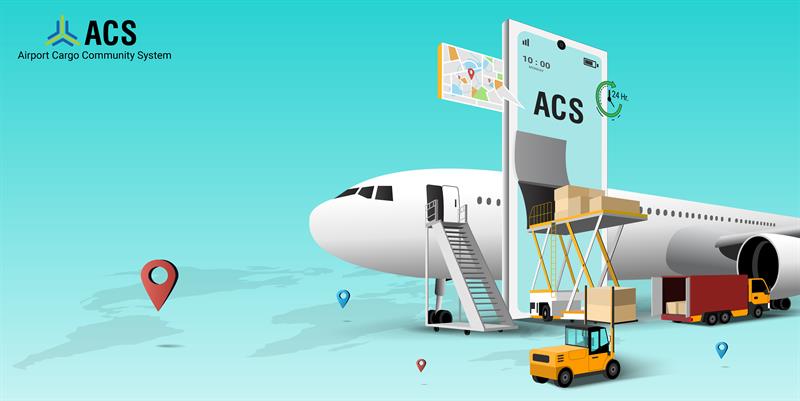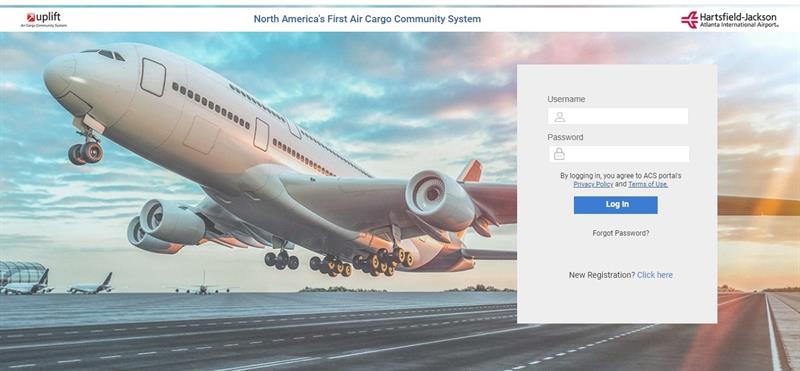
Donna Mullins is no stranger to the logistics industry, having worked in every entity of the supply chain since she was 18. Fast forward to today and she has her own compliance, training and consulting company, Mullins International Solutions, plus an academy in her name: Mullins International Academy, which focuses on training the next generation of customs brokers.
Now she has been hired by Kale Info Solutions, (Kale) the US subsidiary of Indian-based global logistics IT provider, Kale Logistics Solutions, as its Vice President to help onboard US airports with its innovative Airport Cargo Community System (ACCS) that is already bringing enormous sustainability benefits and labour cost-savings.
Catching up with GHI Editor Samantha Payne during GHI’s Americas Conference, Mullins, before speaking as one of the panellists on air cargo, said: “Kale hired me for my logistics knowledge. I’ve helped set up the processes and procedures of the ACCS, which allows ground handlers, truckers and forwarders to communicate via a web portal and see the status of the cargo. Truckers are not going to pick up cargo unless it has filled certain criteria, i.e. it has been broken down and customs cleared.”
After conducting research with several ground handlers, Mullins and her team found that 40% of trucks were turned away either because the cargo was not ready or payment was not paid, causing congestion problems at airports.
“What we do is set up appointments before the trucker goes to the ground handler, who verifies that the cargo has been broken down, the Transportation Shipping and Customs, (TSC) has been paid and there’s been a customs release. Once these vital checks have been carried out the trucker can then make an appointment to pick up the cargo. So as opposed to 15 trucks showing up at 8am, trucks are staggered out, giving the ground handler a better ability to use their resources, i.e. their staff as well as equipment. If the cargo is ready to be loaded onto the truck, as opposed to them looking for the cargo, it reduces the idle time and creates more efficiencies for the drivers,” she said.

After a seven-month study at Atlanta airport involving Swissport and trucking companies: Southeastern Freight Lines, UPS Supply Chain Solutions and Greer Trucking, Kale processed close to 400 shipments and saved 1,900 hours of drive time and 1,200 gallons of fuel.
“Plus $70,000 in labour costs and 9 million grams of CO2 that was never released in the atmosphere as we reduced the idling time of the trucks who were waiting at the facilities,” added Mullins.
Kale Info Solutions also successfully piloted its truck slot and dock management system with Worldwide Flight Services at John F Kennedy Airport in New York, reducing truck wait times by up to 66% for exports and 48% for imports. Around 50 organisations and more than 160 individual users, including truckers and ground handling operatives, were enrolled onto the pilot test, which began in December 2021.
More and more US trucking companies are gradually seeing the benefits of adopting an airport cargo community system after overcoming their initial resistance to accessing cloud-based applications rather than using traditional paper methods.
“It has taken time to change people’s mindsets to adopt automation and to be willing to use digital tools like mobile apps,” explained Mullins.
“My vision for the future is to continue to provide these cargo community systems so that we can indeed become more efficient and more effective and really see expedited cargo moves. There was a statistic done by IATA that an air freight shipment spends 85% of its time on the ground and only 15% flying, so my goal is to make the 80 more efficient than the 20 in the 80/20 rule.”
Improving ramp efficiencies is vital when there is limited space at airports, stresses Mullins. This means looking after ULDs properly so time is not wasted on dealing with damaged containers that leads to congestion on the ramp.
“Some handlers just sling this equipment around as if it is baggage. Those ULDs are very expensive and when one gets damaged or dented and you’re trying to take it off the aircraft, it has to then be loaded a different way to make way for the other. That slows down the unloading of the aircraft and puts congestion on the apron. So it begs the question how can apron efficiency improve and complement other efficiencies?” she continued.
“What we bring to the table is that we provide the digital infrastructure so that you can maximise the physical infrastructure that you have. If you’re better equipped knowing what’s coming when, it gives you a much better ability to utilise your space. Now with 100% cargo screening happening in the US on passenger or all-cargo aircraft, handlers are having to make room to screen more cargo than they did previously, especially if it is being done by canines which takes up more space.”
When it comes to using AI as against using canines for screening cargo, Mullins says it is important that users remember to feed in the right information. “If they are not docking their shipment when they are supposed to, then it’s going to look like the truck is just sitting there. People need to learn how to use AI correctly,” she said.
It is a busy time for Kale, with plans to add another 200 programmers in India within the next year. The company’s focus will not just be developing airport community systems but also a warehouse management system and a logistics e-marketplace, which will work like a capacity load board.
“If a carrier has capacity coming out of a particular port, which is a very large transit port ‒ which is normal as a lot of carriers leave with empty bellies ‒ what we are going to do is have a board where you can post capacity. This will enable integration between different airlines to use each other’s capacity,” explains Mullins.
When asked whether there will be greater collaboration, Mullins didn’t think this would be the case immediately.
“Right now, people are paying a premium for belly freight, so I don’t think it will happen immediately. But with unmanned cargo aircraft on the horizon, passenger air freight requirements might subdue in the future.”
Excited about the fact that unmanned aircraft will be able to transport 50% more cargo than standard aircraft, she added: “We have things in our future that are coming and we need to continue to embrace the continuous innovations.”







